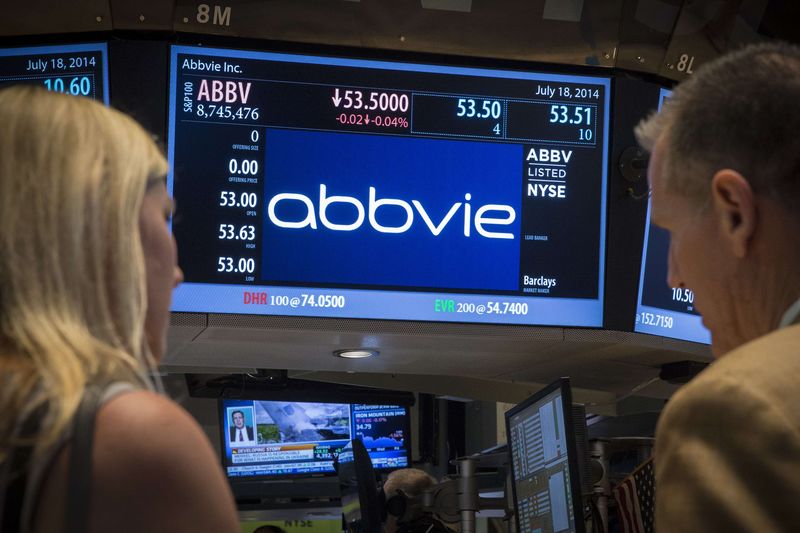One & One Green Technologies stock soars 100% after IPO debut
Investing.com -- Berenberg has shifted its stance on major pharmaceutical companies, upgrading AbbVie and Novo Nordisk while downgrading Eli Lilly and Merck & Co, citing diverging outlooks on growth visibility, pipeline momentum and valuation.
AbbVie was lifted to “buy” from “hold,” with its price target raised to $270 from $170.
Analysts credited AbbVie for successfully steering through the Humira patent cliff by transitioning to newer immunology drugs Skyrizi and Rinvoq, which have seen repeated sales upgrades.
They noted AbbVie’s R&D returns have exceeded its cost of capital, with pipeline assets such as lutikizumab for autoimmune diseases and etentamig for multiple myeloma expected to drive future growth.
AbbVie is projected to generate $47 billion in unallocated cash through 2029. The analysts said, “AbbVie has consistently delivered returns on R&D investment above cost of capital, largely driven by the enormous success of Skyrizi and Rinvoq development,” underscoring confidence in its ability to fund diversification beyond 2030.
Novo Nordisk was also raised to “buy,” with its target increased to DKK425 ($67 for ADRs). After a share price decline of about 65% since mid-2024 and repeated guidance cuts, analysts said expectations have reset, leaving Novo positioned as Berenberg’s preferred obesity play over Eli Lilly.
Wegovy, now approved for fatty liver disease and expected to gain a heart failure indication by year-end, will be followed by an oral version in 2026. The next phase of growth is expected from CagriSema, a combination therapy seen as a key competitor to Lilly’s Zepbound, with pivotal data due in 2026.
“Berenberg CagriSema obesity sales forecasts are c25% ahead of consensus by 2030,” the brokerage noted, flagging Novo’s differentiation.
Late-stage programs in Alzheimer’s disease, cardiovascular and kidney conditions, and haemophilia broaden its pipeline.
Novo trades on 2026 P/E of 14.5x and EV/NPV of 0.92, which analysts said discounts its growth prospects despite a leading return on R&D investment.
By contrast, Eli Lilly was cut to “hold” from “buy,” with its target reduced to $830 from $970. The analysts said the obesity market upgrade cycle has plateaued, with consensus forecasts now running ahead of Berenberg’s estimates.
While Zepbound remains physician-preferred, Novo’s broader label claims for Wegovy have pressured its U.S. share.
Lilly’s oral GLP-1, orforglipron, is forecast to deliver peak sales of about $18 billion across obesity and diabetes, but its Phase 3 data were at the lower end of expectations.
Despite forecasting 16% R&D returns on Lilly’s 2025 pipeline, analysts noted that expectations for its marketed and pipeline assets remain elevated, leaving limited upside. Lilly trades at a premium, with a 2026 P/E of 24.8x and EV/NPV of 1.45x, compared with a peer average of 12.7x and 0.99x.
Merck & Co was also downgraded to “hold” from “buy,” with its target cut to $90 from $100.
While 2025 brought positive pipeline news and deal activity, analysts said uncertainty lingers around its long-term sales profile due to Keytruda’s 2028 patent expiry.
They forecast Merck will have about $32 billion available for acquisitions through 2027 but stressed, “We would like to see the exceptional Keytruda cashflows invested more aggressively to shore up the longer-term growth outlook.”
Returns on R&D are expected to fall to 6% for the 2025 pipeline, below cost of capital.
Merck trades at 2026 P/E of 8.1x and EV/NPV of 0.70, both below sector averages, reflecting the valuation discount.
